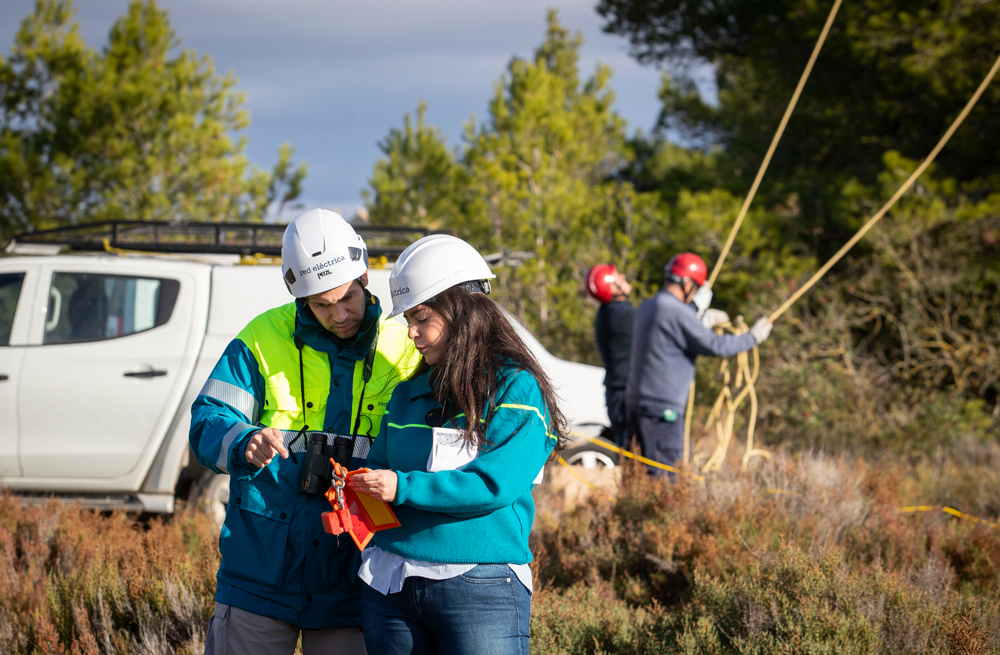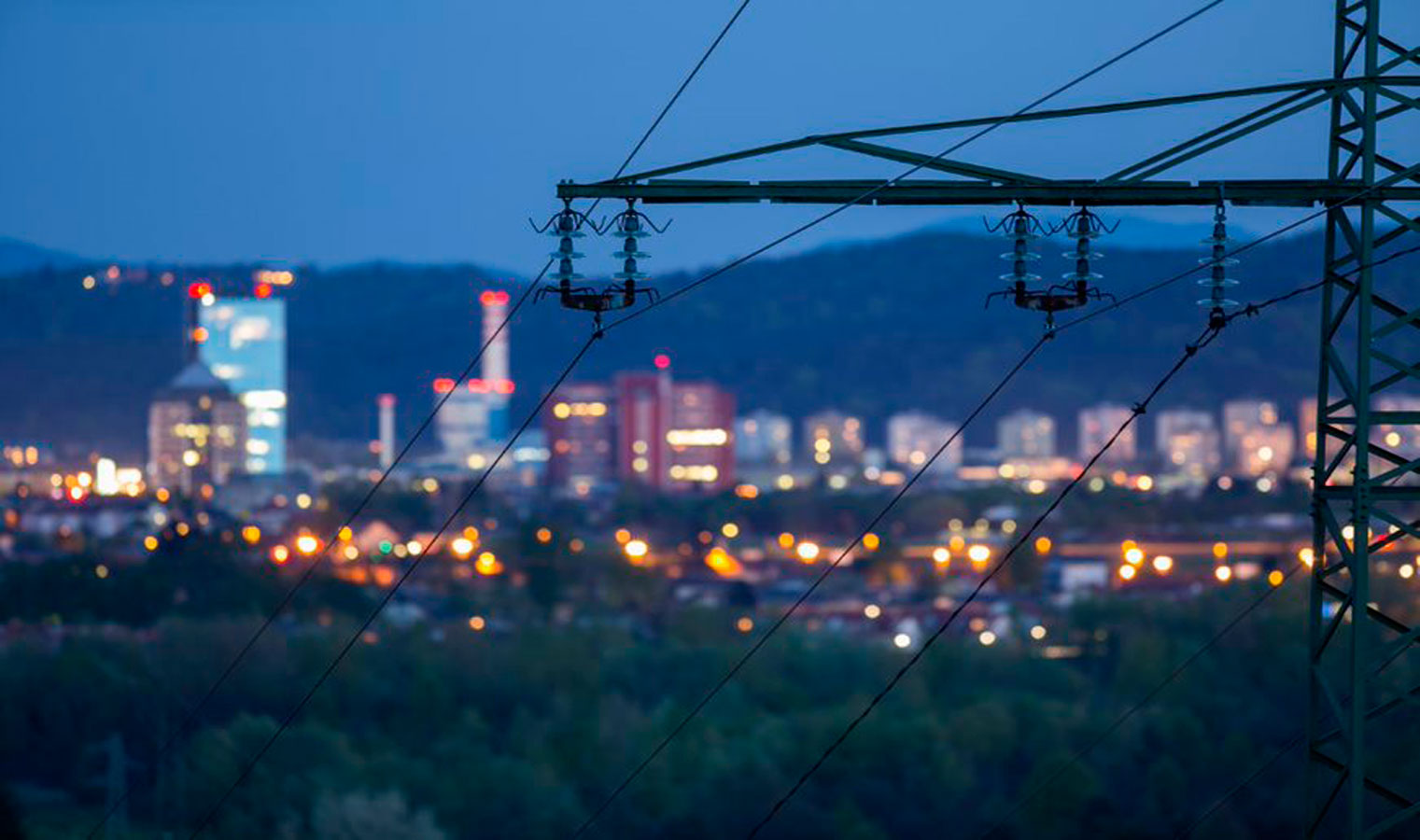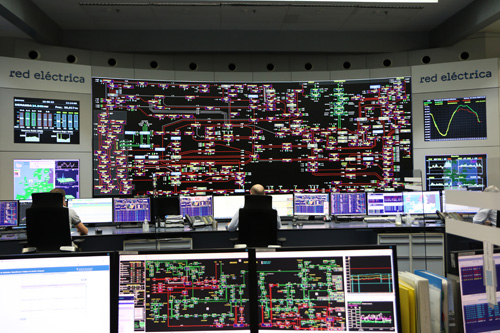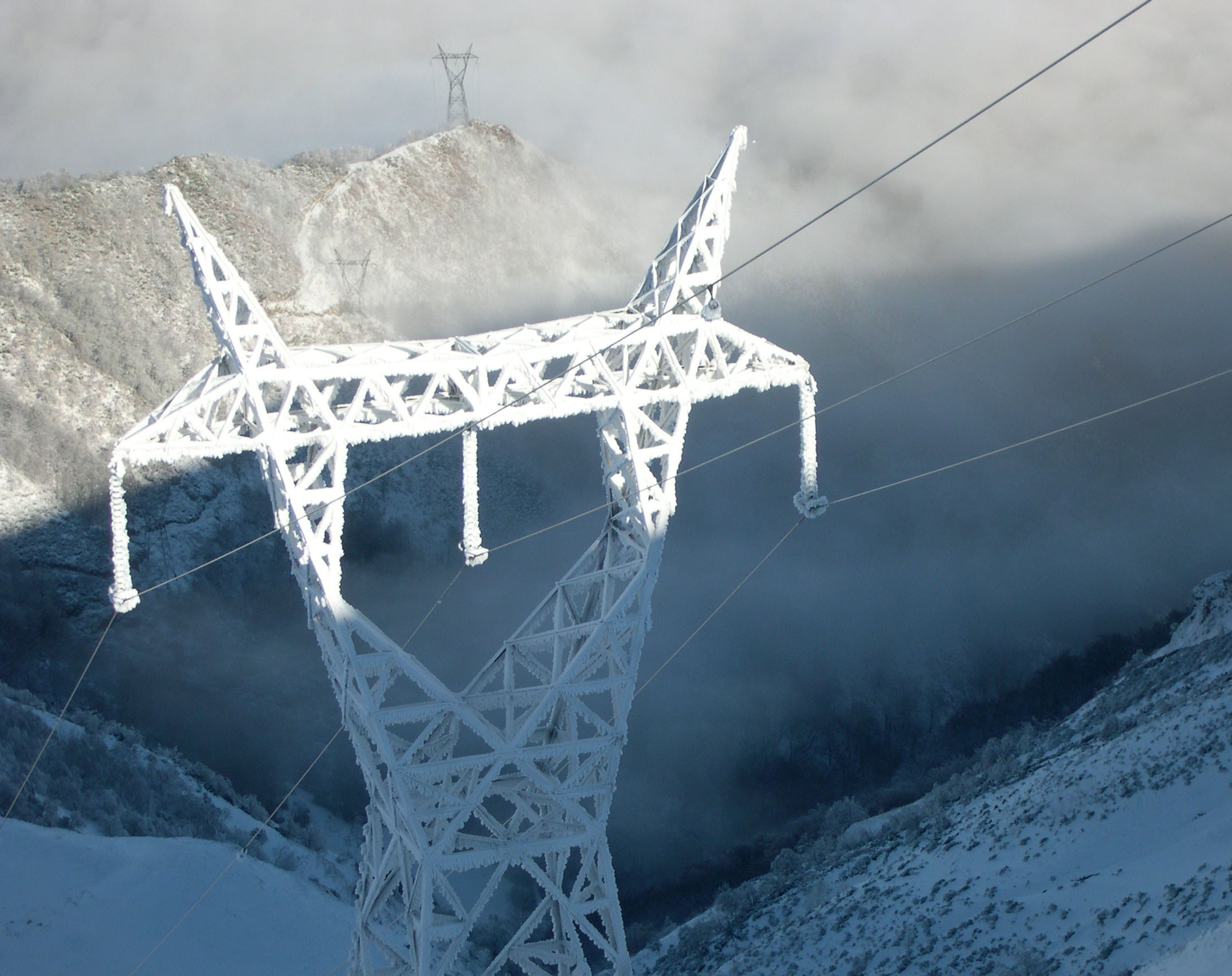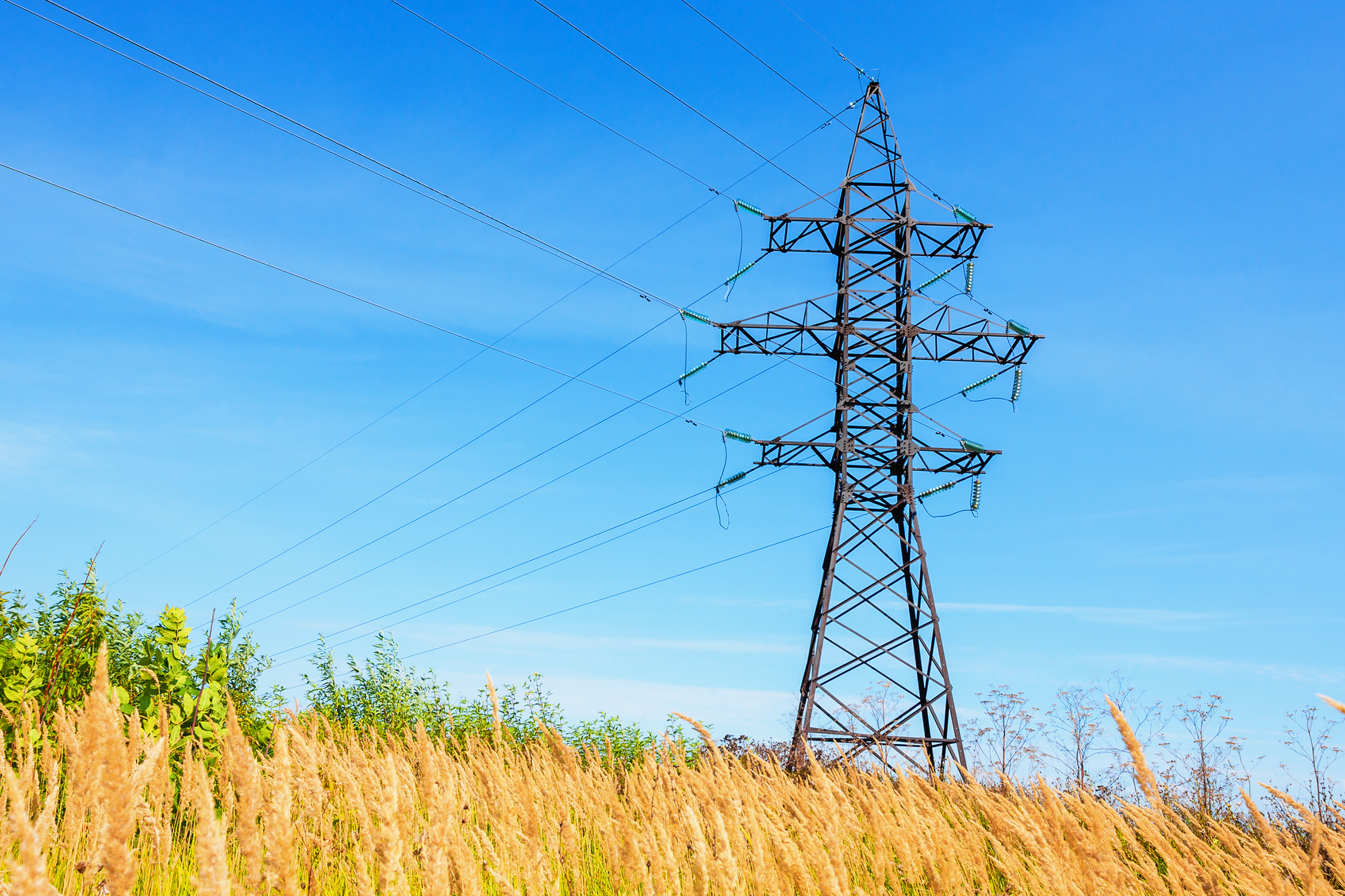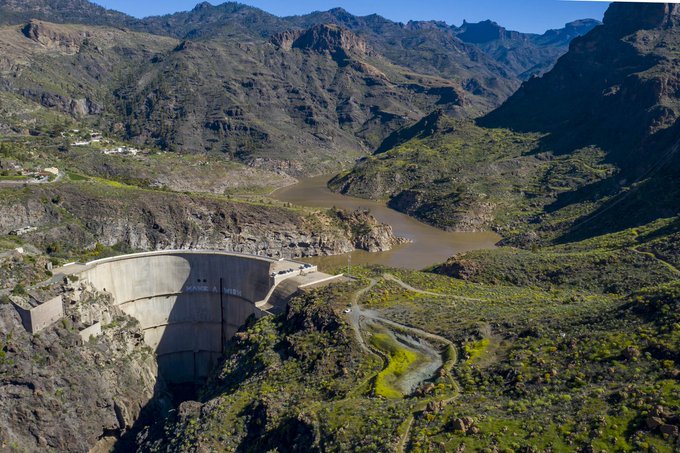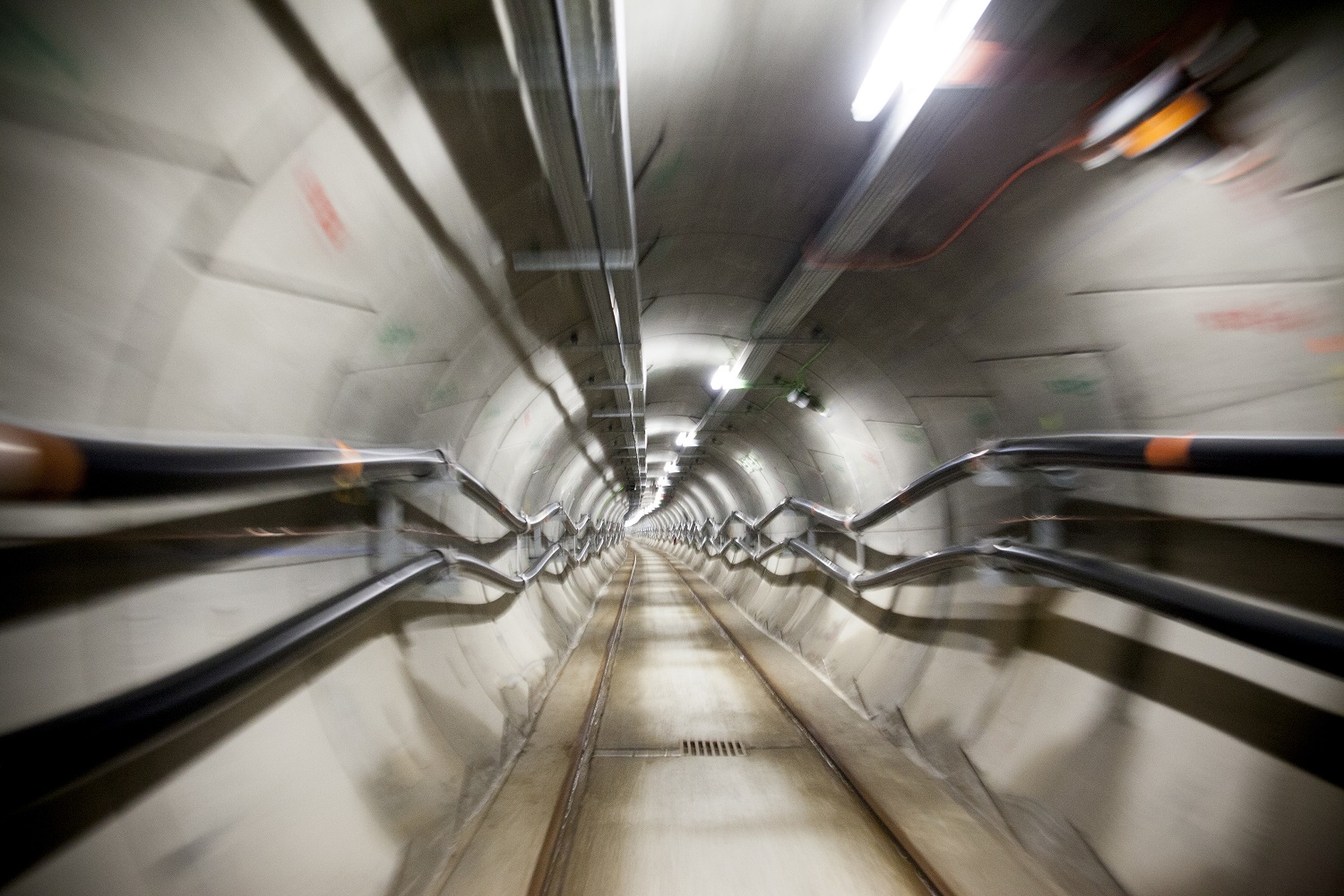For 40 years, we've been driving our country's economic and social progress. Four decades shaping Spain.
Habitat Restoration and Compensation
Habitat Restoration and Compensation
After analysing the potential impacts of our activities, we implement measures to prevent and mitigate them. We work diligently to restore and compensate for the residual impacts of new projects on biodiversity, including both habitats and species.
Power lines, biodiversity corridors
We are working to convert power lines into biodiversity corridors to combat habitat fragmentation and thus facilitate the mobility and dispersal of animal species in response to climate change. We are aligned with the commitment of Redeia, our parent company, to generate a net positive impact on biodiversity by 2030 and to achieve this:
Our approach to designing compensatory measures is rooted in a natural capital vision based on the Task on Nature-Related Financial Disclosure, which aims to compensate for the residual impact of the project on various natural assets, including vegetation, land use, and species.
Our focus of action
Vegetation and land use can be affected by the residual impact of our activities, such as installing transmission towers. This includes natural forest habitats, non-forest habitats, and agricultural land.
- Prevention: We select the alternative with the least impact and apply forest management that differentiates between compatible and incompatible vegetation.
- Mitigation: We conduct on-site environmental monitoring during construction, which helps reduce the theoretical on-site impact of the project phase.
- Restoration: We carry out actions to restore the topographic profiles of work sites and temporary storage areas, and we replenish the topsoil.
In 2023, we analysed various compensatory measures to apply after consulting historical environmental impact statements, engaging with environmental authorities of autonomous communities, and considering expert opinions from environmental consultants. The resulting measures include reforestation of non-forest areas, forest management in existing forests (thinning, densification, pruning), forest cleaning to prevent wildfires, controlling invasive species, and restoring unique habitats.
We take special care in protecting various species, with a particular focus on birdlife, to prevent or minimise the risk of collisions with new facilities.
The most significant impacts of planned facilities on species focus on birds, specifically the risk of collision that arises when a new line is put into operation, which the birds are not yet familiar with.
Red Eléctrica's methodological approach to defining compensation measures is aimed at offsetting the increased risk of collision associated with the new facility.
- Prevention: We select the best alternative to generate the least possible impact at all levels.
- Mitigation: We mark the lines with bird protectors. The impact to be compensated for in these projects largely stems from the increased risk of collision with the new line to be constructed, once the entire route has been marked with bird protectors.
- Restoration: We undertake a restoration project in line with the residual impact generated.
To compensate for the residual impact on species, the most appropriate approach is to reduce the current collision risk associated with existing transmission grid lines by an equivalent amount. To achieve this, we mark sections of lines whose risk index has already been calculated as part of the "Flight Corridors" project. These sections are selected based on criteria such as their impact on sensitive areas for birdlife, the type of species affected, the associated risk level, and the feasibility of marking. This marking allows us to reduce the overall risk of collision for birds. The level of risk reduction provided by this measure will, at minimum, match the residual impact risk associated with the new planned facility.
Recognized actions
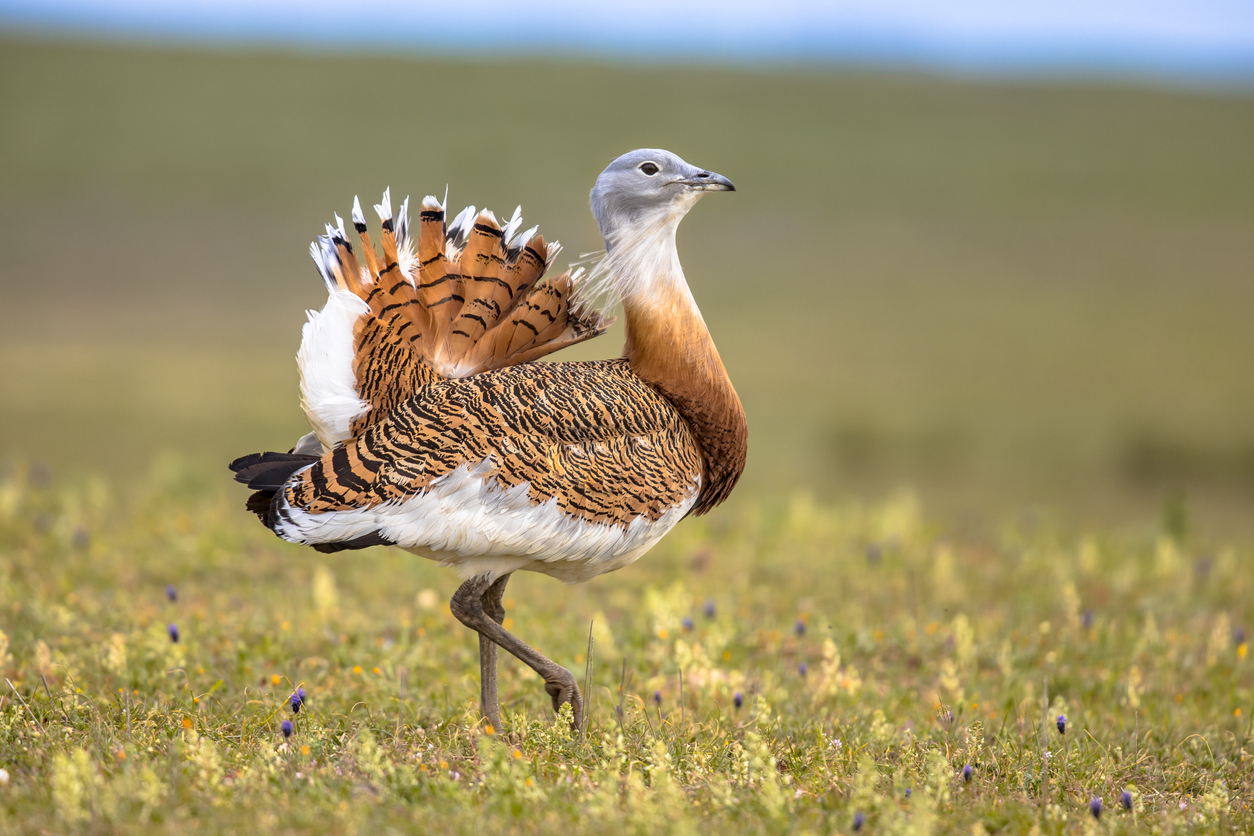
Flight paths
Award for the Environment in 2014-2015. This pioneering project in Spain focused on collecting and integrating the best available information on the distribution patterns of bird species sensitive to collisions and the risk factors that determine this risk.
We use the method developed in flight corridors to assess the increased risk of collision that a new overhead power line might pose. This allows us to understand the impact to be compensated for, as it corresponds to the increase in collision risk associated with the line.o
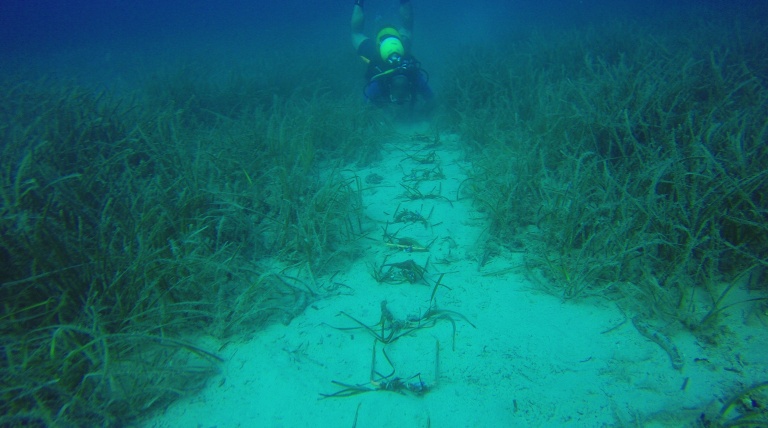
Recovery of Posidonia oceanica seagrass meadows
Our Marine Forest is a pioneering project worldwide for the recovery of Posidonia oceanica seagrass meadows in Majorca. It is an innovative project and a commitment to the future that has enabled the development of a technique for the recovery of marine habitats through the use of this aquatic plant, indigenous to the Mediterranean.
Additional Measures
Our commitment goes beyond these measures. We also undertake other actions that generate a positive impact on species when we affect sensitive areas related to the three groups of birds we interact with: scavengers, birds of prey, and steppe birds.
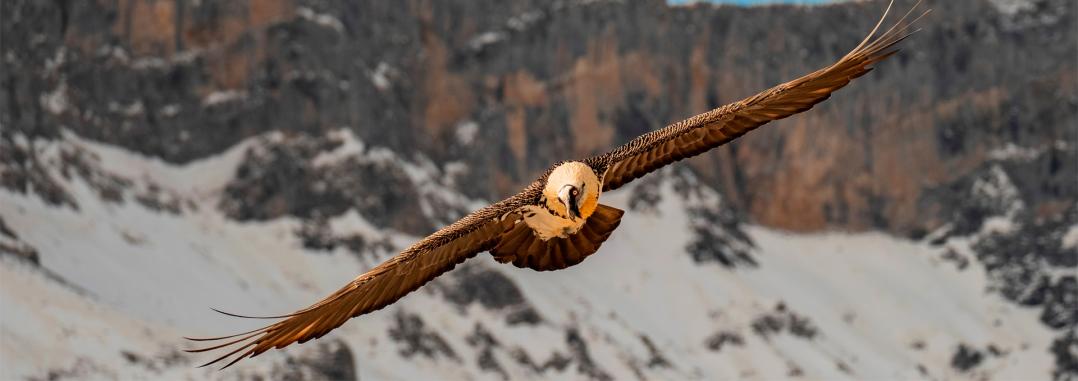
Scavengers
- Feeding stations
- Reintroduction of the bearded vulture
- Study of the impact of climate change on their habitat
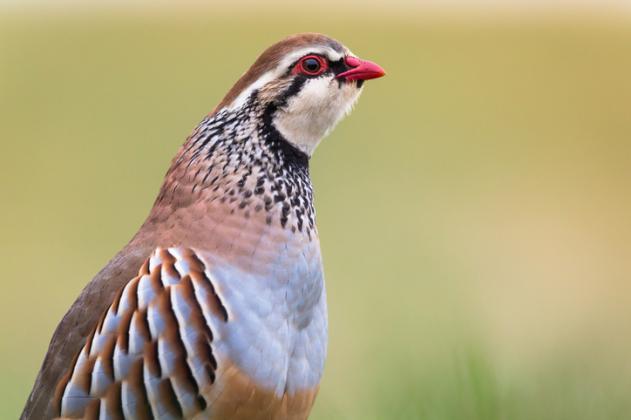
Birds of prey
- Creation of rabbit breeding units
- Increasing the abundance of partridges and pidgeons
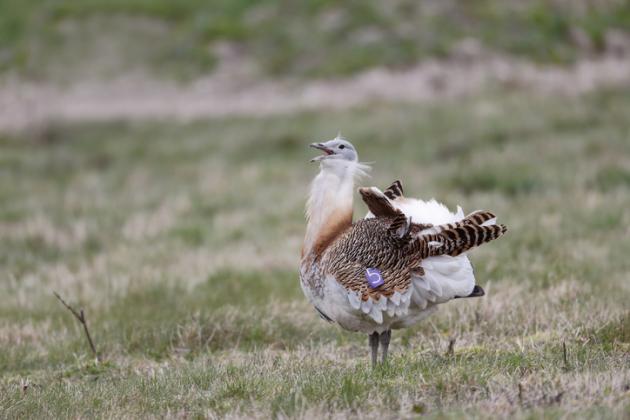
Steppe Birds
- Fallow land management
- Crop diversification with legumes
- Delaying the harvest period
- Nest protection in cultivated plots
- Maintenance and enhancement of plot boundaries
- Exclusion of phytosanitary product use

